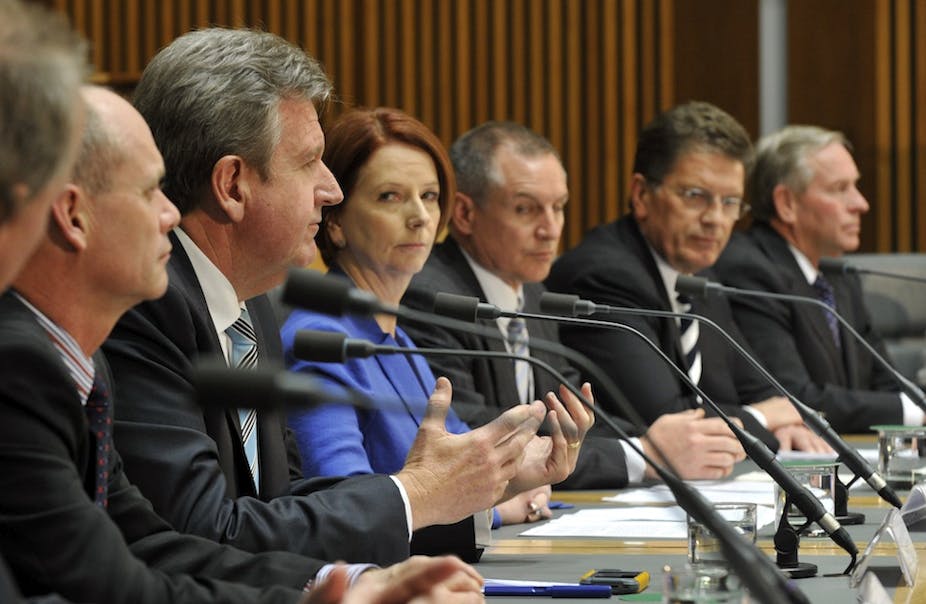Electricity network pricing has been a hot topic in the last six months. The key issues have been regulation and demand side management. On regulation, Prime Minister Julia Gillard is taking a package of reforms to COAG this week, claiming that this will save families $250 per year.
For demand-side management, the focus has been on smart meters and “real time” power prices. My earlier comments on these are here and here.
But there is a disconnect. Network pricing makes up more than half of our electricity bills. And network investment, to cater for peak demand, has been one cause of rising electricity prices. However, there is no serious discussion of congestion pricing for the network.
Congestion pricing for transmission would mean that, if the network becomes congested, the price that users pay for “the wires” goes up. It also goes down (in theory, to zero) when the transmission system is not congested.
Network congestion is likely to arise when there is a strong demand for power. So spot electricity prices (which currently do vary) will be positively correlated with network congestion charges. But currently network charges (generally) do not vary with demand.
So introducing real time pricing for electricity networks would create a double incentive to conserve power at peak times. This would lead to more efficient investment in generation, transmission and transmission substitutes.
What is an example of the latter? Well – batteries. Apparently battery research is moving ahead(albeit the good old lead-acid battery still leads the pack). Potentially, batteries provide a substitute to peak usage of power and peak transmission investment. If cheap enough and reliable enough, households or businesses could invest in batteries that charge when the network is not congested and/or the spot electricity price is low. Then, when the network is congested and/or the spot price of electricity is high, the battery substitutes for grid-based power.
Now I am not suggesting that this technology will be the alternative, but the best way to encourage the development of such alternatives is to let the market work. But to do this, electricity network prices have to reflect congestion.
Are network congestion charges possible? In a “full nodal” network every part of the transmission and distribution system would be priced in real time. But this can be pretty hairy stuff (I will let the engineers argue about its feasibility). But even in the absence of “full nodal pricing” we can do better than “flat” pricing for networks. Even rough multi-part tariffs based on congestion in a region are likely to be better than flat tariffs.
Of course, the key for congestion pricing for electricity networks, as with real-time pricing for the electricity itself, is to have the smart meters in place so customers can react to the prices. But, as I discussed before, I think that can be solved by letting the market deal with the smart meter problem as well.
This is an updated version of a blog post which appeared on Core Economics.

